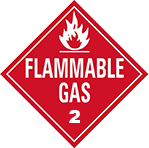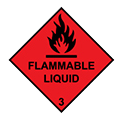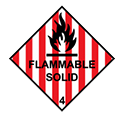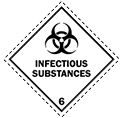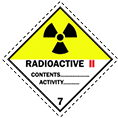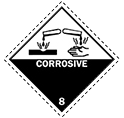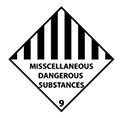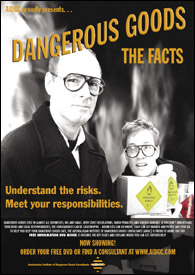What Are Dangerous Goods ?
Put simply, dangerous goods are substances that may pose an immediate hazard to people property and/or the environment.
They exist in almost all businesses, big and small. From the obvious ones like warehousing, pharmaceutical, logistics and manufacturing, through to furniture makers, workshops, pool shops, printers, supermarkets, hardware stores and offices – the list goes on and on.
Dangerous goods can explode or burst into flame. They can be poisonous, corrosive or have the capacity for sudden decomposition. Many common chemicals found in thousands of businesses look harmless, but if you don’t understand the risks – store them incorrectly, add heat, moisture or mix them together – they can become deadly. And the worst part is that one small mistake can be catastrophic.
Most workplaces – offices and industrial – use and store a variety of chemicals. The potential consequences may range from one person burning their hand with flammable cleaning fluid, through to possible death, destruction and loss caused by a large scale fire. Even simple things such as poorly positioned electrical equipment or inadequate ventilation can create an unthinkable catastrophe.
These issues go well beyond just OH&S and they’re your legal responsibility.
To be sure that you are using, storing and handling your dangerous goods safely, you need to understand the properties of a wide range of chemicals. Failing to manage the risks can have dramatic consequences.
If you’re not completely sure about any of these issues, contact a qualified independent professional for advice.
There are nine classes of dangerous goods:


